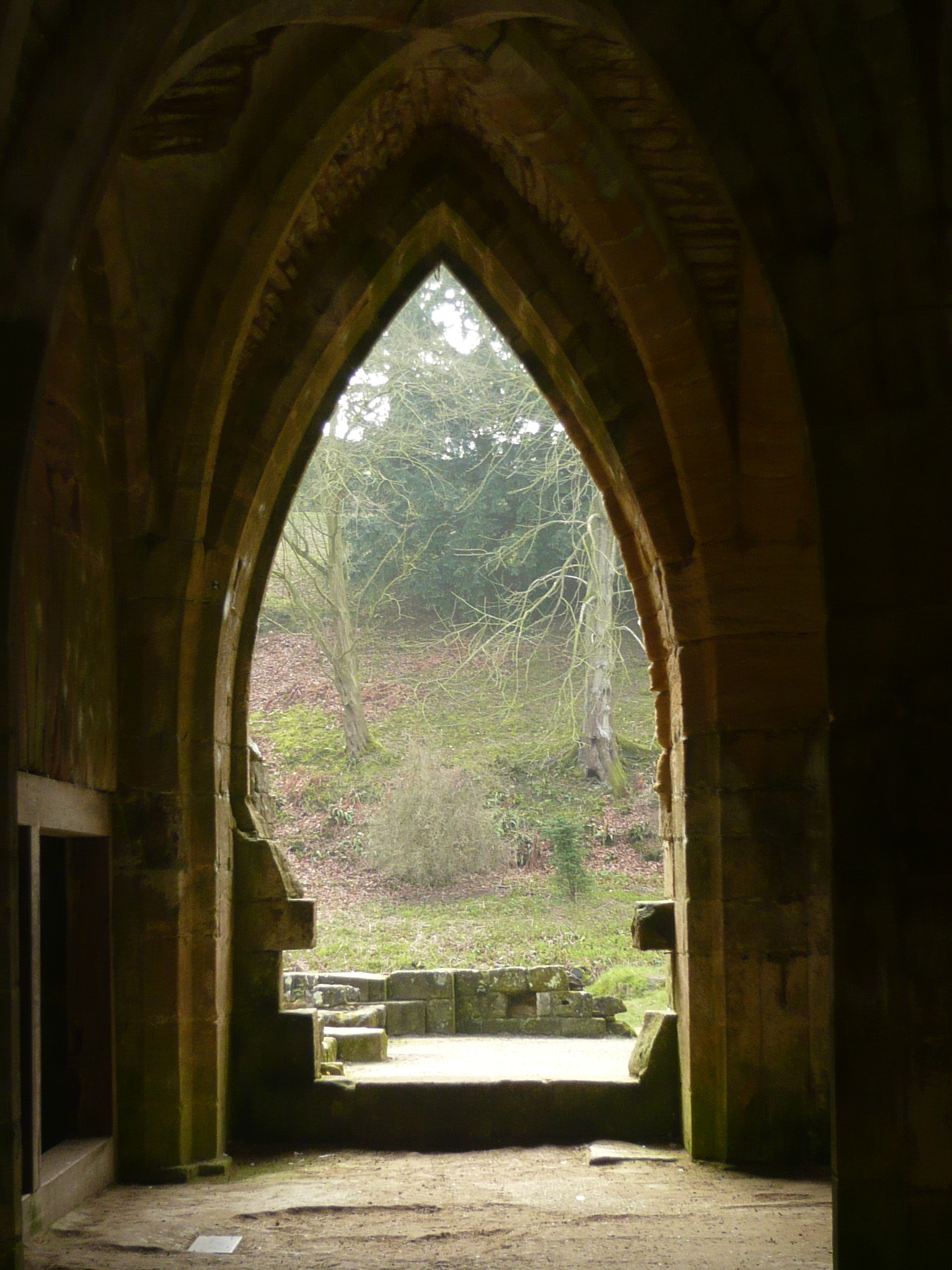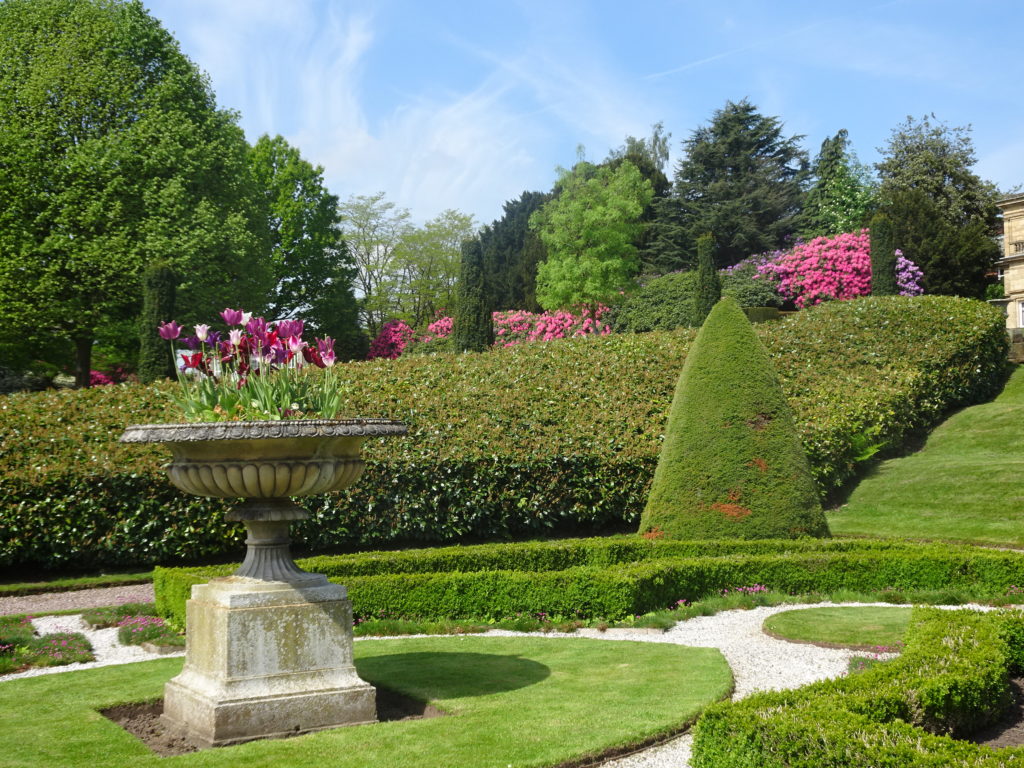Monastic and Medieval Christian Gardens

Romans were were enthusiastic gardeners (not just for the grapes) but when the empire fell gardening collapsed. Then in around the 9th century AD the gardening skills were revived and every town was encouraged to grow herbs, fruit and nut trees.
The formal gardens of the middle ages had an atmosphere of tranquillity rarely equaled and were thought of as ‘Heaven on Earth’. Fountains Abbey Yorkshire
Features of a Christian Garden
- With many features in common with Islamic gardens the Christian monks took inspiration from a revived interest in gardens.
- Boundaries and square structures were the most common with stone walls used in castles and cloisters. Hedges, wattle fences, palisades, trellis and ditches were also used as boundaries by the less well to do. The effort was made to make them safe as they were a place of retreat and protection from evil.
- Simple paths were used to divide up a rectangular space.
- A medieval garden could be a microcosm of paradise and seen as ‘a recreation of good things’.
- Raised beds of simple geometric shapes accentuated the impression of symbolically clean lines and at the same time helped drainage for herbs.
- Covered walkways and arbors created enclosed spaces within the already enclosed space of the garden.
- Seating was important to facilitate contemplation and prayer.
Monastic gardens
Generally monastic gardens consisted of several different types of gardens for different and specific purposes. A monastery would typically have a physic garden, plus a secluded garden for contemplation and meditation. There would also be community facilities for separate vegetable and fruit gardens, orchard or cemetery gardens, as well as fishponds and dovecotes.
As recorded on the behalf of St Hildegard Germany’s greatest mystic and God companion ‘The medieval garden, as with any garden, is a work of love. Gardens are instruments of healing, a means to provide sustenance and health, and reminders of our connectivity with the natural world.
